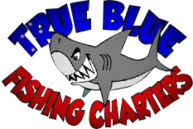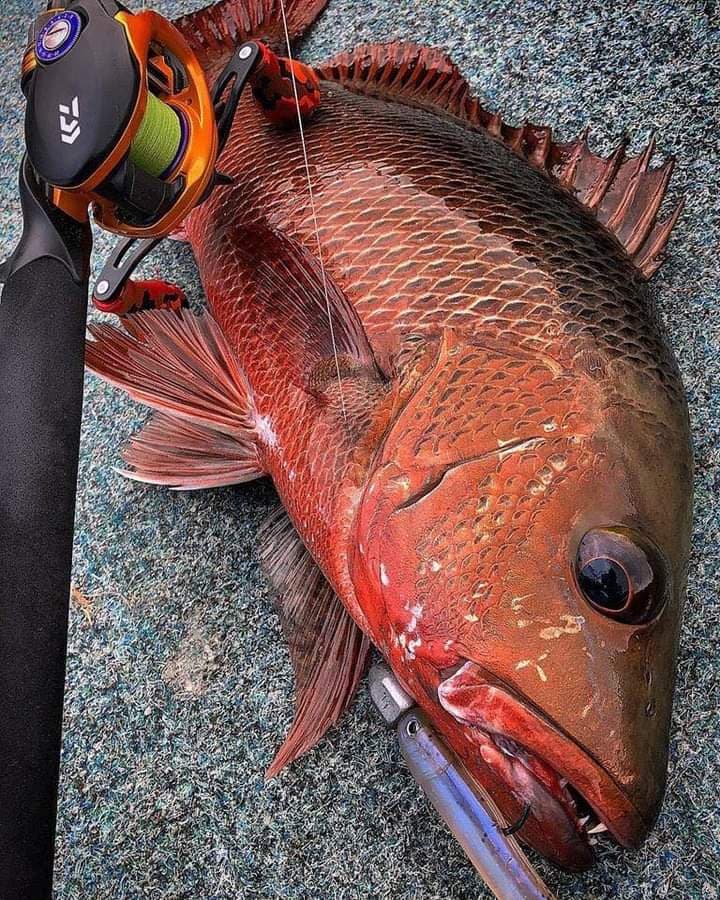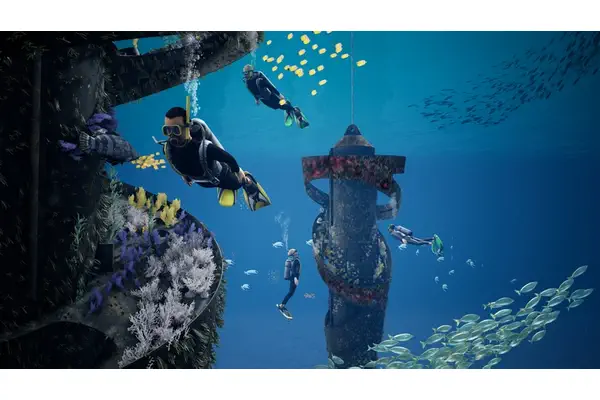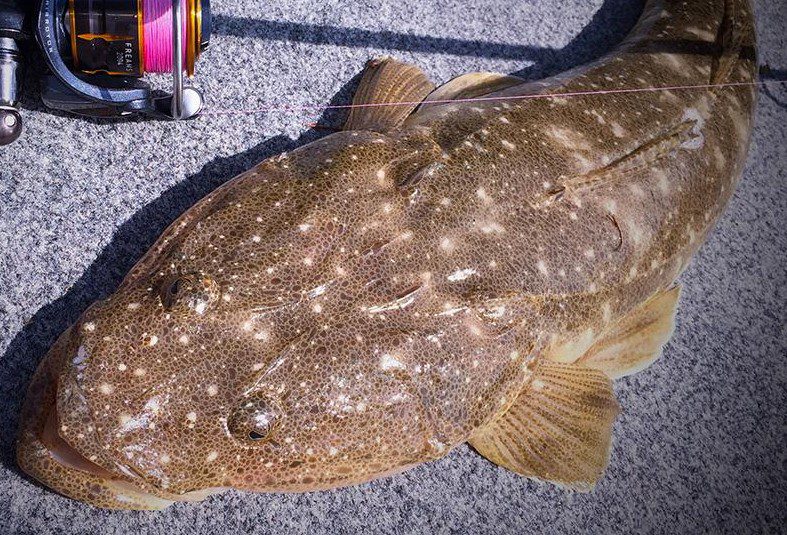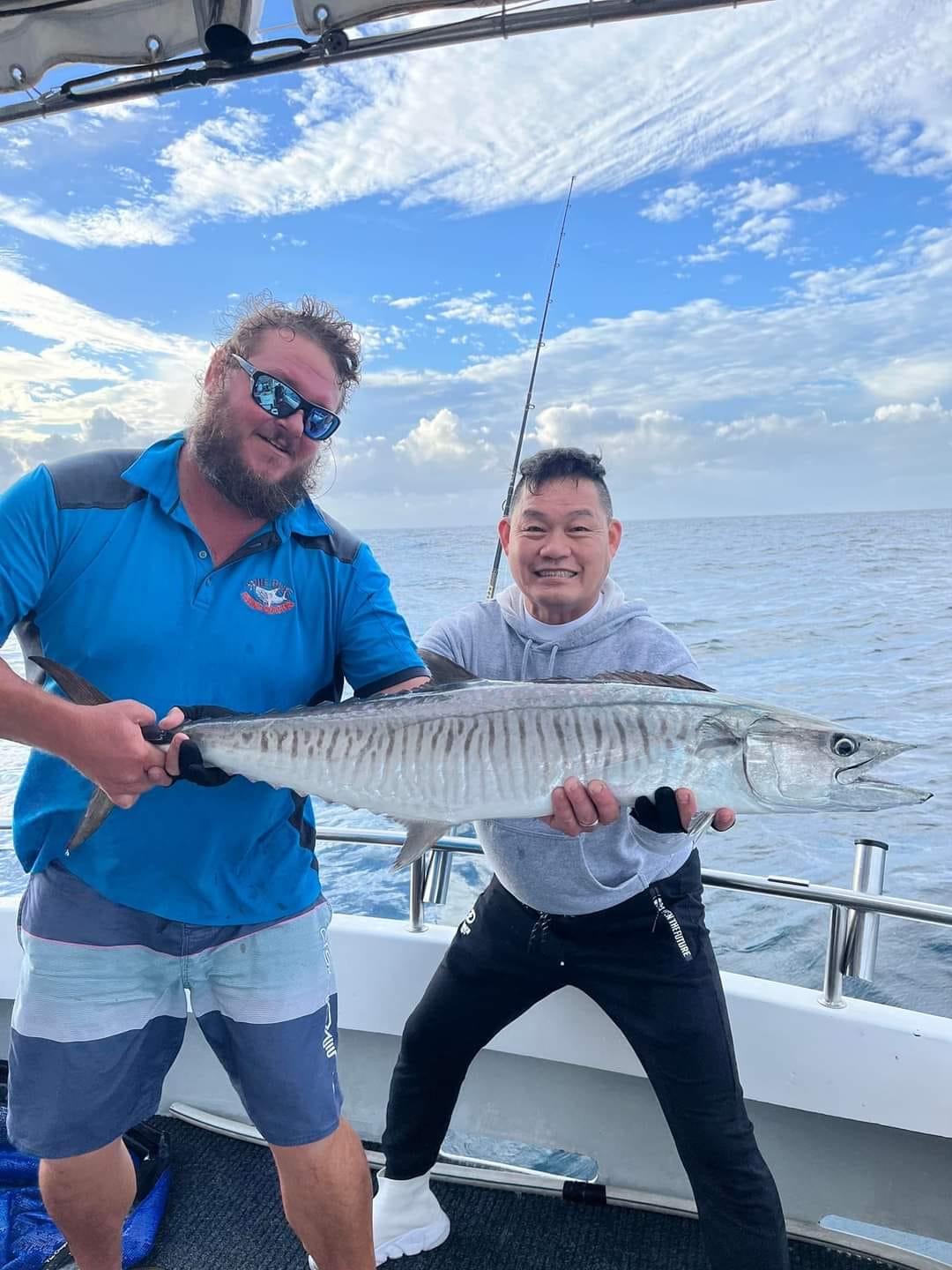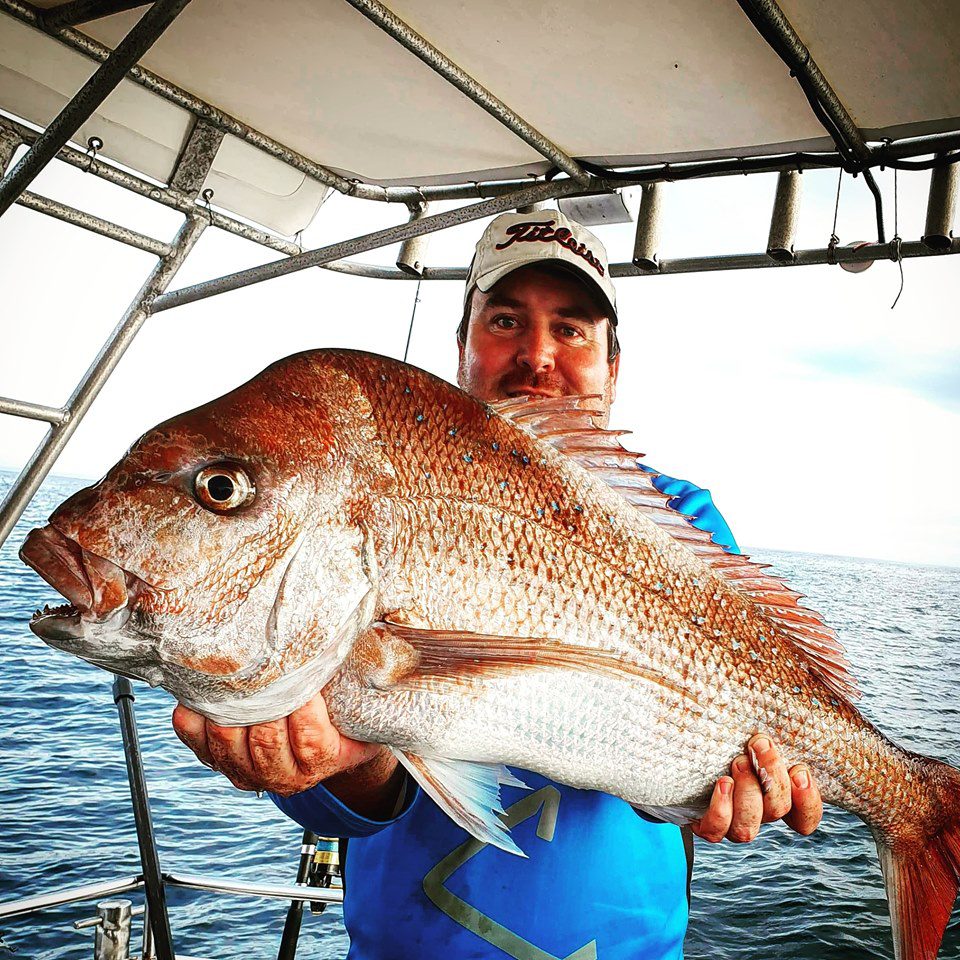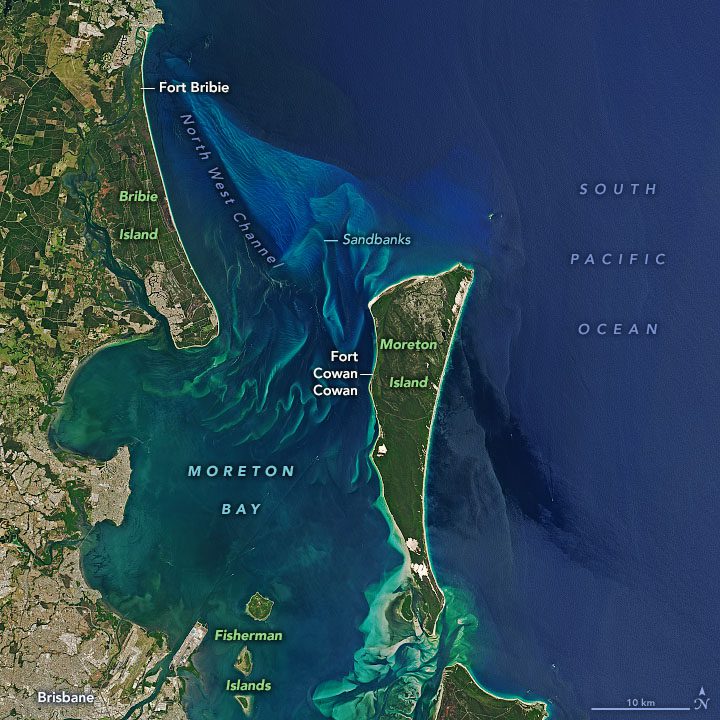( Lutjanus Argentimaculatus) (Mangrove Jacks) (Red Dogs)
Mangrove jack Fishing Gold Coast Written by Anthony Cougran.
We are so lucky on the Gold coast. Fortunately we have one of the best Mangrove jack fisheries in Australia. We humans have extended their habitat and hunting grounds so much on the Gold coast, Tweed heads, Moreton bay and Sunshine coast that they now have an endless maze of waterways loaded with structure. Anglers are spoilt for choice on hunting grounds. Sure we don’t get the numbers like they do up north. However we do get bigger numbers of larger specimens pulled from our local waters than just about anywhere. Mainly due to the myriad of man made tidal canals, lakes, jetties and other structure which has extended their habitat by many kilometre’s. Throw in all the rock bars, pontoons, pylons, pillars, drains, bridges, markers, weirs, and even moored boats. The local Jacks have so much structure to hide under and around they are spoilt for choice for ambush spots.

Mangrove Jack Habitat
Jacks are probably, pound for pound the dirtiest and hardest fighting fish in our estuary’s. They are renown for going straight back into their cover after smashing their prey. Many anglers learn this the hard way and often after a short brutal battle they are left heart broken and feeling abused. Big Jacks love to stalk prey from behind structure and cover, and will often sit behind the same cover year in and year out. They will always conserve energy while hunting. Hence why they love sitting behind rocks, pliers, pylons, pontoons, rock walls, mangrove roots, submerged trees and over hangs in current with a steady supply of bait flowing past. 

Mangrove jack will migrate out to the reef to spawn after a certain size. Normally around that 45-50cm. But a recent study conducted at NSW University in the last 15 years have shown that the southern jack will actually only head to really close reefs around river mouths and rock walls to spawn and will actually head back to their structural homes after doing so. Where the northern species will stay out on the reefs after they spawn. Head to NSW dpi jack study to see the details.

Range and size:
Their range is from around Port Macquarie in NSW, right around the top end to Geraldton in WA.
Jacks can reach up to 1.5m, 150cm or 1500mm in length.
Bag and size limits for jack:
QLD: 35cm and a bag of 5
NSW: no size limit and 5

The best time and place to catch Gold coast Mangrove jack
Best time to fish for jacks is from October to March. Look for the very humid days/ nights with high barometric pressure with warm water temps. Storms from the west will double your chances. Water temp between 26 – 32 is best for red dogs. You can find jacks around most rock walls, shallow reefs, bridges, pylons, pillars, pontoons, boat hulls, jetties, deep holes in rivers, man made lakes, canals, weirs, drains, rocky out crops, mangroves, over hanging trees and any structure through out most estuaries, river, creeks and bays in SEQ and northern NSW. They will also push up into the freshwater as juveniles until they reach a certain size.

Best baits to use for Mangrove Jack on the gold Coast
It will change as the season go’s on and their appetites get more voracious. Start with 50mm – 200mm live baits and smaller strip baits at the start of the season. For mid season 100mm – 250mm and medium strip baits are the go. Where 200mm – 300mm live baits and whole fillets, mullet heads and large chunks eel are the go towards the end of the season and will score you the bigger specimens.
Best baits for Mangrove Jacks
Live baits:
Poddy mullet, silver biddies, boney bream, herring, gar, whiting, pike, yakka’s and slimmies.
Dead baits:
Any of those live baits dead will also work well. While fillets of tuna, mullet, mullet heads, whiting, yakka’s, slimies, herring, gar, boney bream, pike and eel, all work well. Eel and mullet heads sometimes out fish the live baits and fillets. * The reason you use whole fillets and heads is because the bream will pick at it then the jacks will come through and smash it off them. After seeing what the commotion is.
* steak, heart (bollocks or sheeps) and even bacon has all caught fish at curtain times.
The old traditional land owners liked to use live green tree frogs with great success back in the day.
We recommend not using live frogs as the fines are huge. But there are plenty of fake frog lures on the market.

Fishing bridges, pylons, pillars for Gold coast Mangrove Jacks:
You want to anchor up about 15m directly straight in front of the pylon and tie off to the pylon with a back anchor. This will keep you straight and sway free and keep baits straight. You now can place a bait down each side of the pylon.
It is advisable to tighten up those drags because they will take you straight back into those pylons.
You can also double anchor in the middle of the bridge and place a bait down the pylon to the left and one on the pylon on your right. This way is a little easier to get fish out of those pylons. Same applies to anchoring in-front of pontoons and heavy structure. Double anchoring will hold your baits straight and you will get less movement and sway.

Burley:
Depends on how much bait is around, the current, the ground your fishing and what’s around. Some days it brings in the bream. Other days it will drag all the jack up to your baits. Some days it just brings to many bullies around. So best bet is to take it anyway. At least you have it with you.
Best set ups for bait fishing for Gold Coast Mangrove Jack:
*Lines 15-30lb braid to 20- 40lb leader. On a 3-10 kg rod with a 4000 – 8000 reel will stop most fish at the beginning of the season.
You may want to keep going up in gear size as the season go’s on.
20-40lb braid with 30- 60lb leader on a 5000-8000 reel on a 20lb – 50lb rod for middle of the season and towards the end.
Where you may need to go to 50- 80lb braid with 60- 150lb leader on a 30kg rod depending on the fish and the structure your fishing towards the end of the season.
A 30kg over head rod with a 15- 25w over head reel. 80-100lb and 150lb leader Should stop the monsters in that heavier structure. If it doesn’t get you in there first.

Artificial set ups:
15-30lb braid with 20-40lb leader. 15lb- 40lb rod with a 4000- 5000 reels will stop most jacks. But it’s always best to have a few set ups on the go for different lures. You may want to go heavier or lighter with plastics, surface lures, divers, swim baits, vibes and blades depending on the country and the structure.
Drag will depend on the structure and country your fishing. Heavy country requires a heavy drag and a stiff rod. Light structure you can play with them a little more.
Artificial’s:
Plastics:
Plastics are still the best way to target these fish around bridges, rock walls, rocky out crops, pillars, pylons, pontoons, rock bars, mangrove lines and jetties. So having a good variety of different shapes sizes and tails will help you match the hatch where your fishing and get you to the right depths. 3-5inch Swims, minnows and grubs rigged on a weedless, chin lock, Carolina/ Texas, or snake head rigs fish best. But head locks still fish well but will get more snags. Weight depends on depth and current. 1/8 -1/4 for shallow low current and 3/8- 1/2 for depth and current.
Colours:
Opening night, new penny, red bone, pearl, houdini and mood ring. All work well but match the hatch to get the best results.
Action:
Slow rolling and small hops working best.

Hardbodies lures:
Are deadly on jacks. Most 60mm – 200mm hards work well. Bib size depends on depth and current. But it must have a good shake or shimmy to it. Profile depends on the hatch in the area your fishing. Long Casts along pontoons, pylons, drains, pillars and rock bars work the best with hards. But trolling rock walls, rock bars, pylons and mangrove lines will are also deadly on jacks.
Colours:
Red, bleeding mullet, gold and black, white and bleeding prawn all work well. UV depends on the day.
Action:
A quick rip to get your lure down to ideal depth then slow rolling or slowly working it past the zone is best for these lure. Big bibbed lures will often bounce over rocks and are ideal for this style of fishing.
Trolling rock walls produces a lot of fish as well. But you want your lures to hit the right trolling depth. So choosing the right lure is critical. You want them sitting about 2ft off the structure with the odd bounce every now and again bottom. Trolling between 4-6kts or with an electric is ideal for the best action for your lures. But read the box before you go. * a tackle back is a handy tool for getting those snagged lures back. Anyone trolling lures should have one in your boat. Because if your lure doesn’t hit bottom every now and again it’s not in the zone.

Surface lures:
They love surface lures especially around dusk, dawn and at night around pontoons, bridges, pillars, pylons, mangrove lines and rock bars and walls. Splash prawns, ziggy’s, Gsplashs, suga pens, stick baits and poppers all work well. 50mm – 200mm surface lures are best for jacks. Colours: doesn’t really matter. It’s the action that gets them. But red heads, greens, bleeding prawn, oranges and natural prawn colours work well.
Blades:
35- 60mm in 1/16 -1/2once blades work well in deep along the rock walls and around the bridges work well. TT, big eye, zx40’s and hurricanes all work well. Bouncing along the bottom and around the bridge pillars is the best way to fish these lures and will often result in an impulse bite. Shot sharp hops are the go.
Vibes:
10g – 30g soft vibes work well and are used in a similar fashion to blades. Shot sharp hop along the bottoms mixed up with double lifts next to the rock walls and bridge pillars produces good fish. Always allow for your vibe or blade to sink to the bottom.
Colours:
Natural grey and black, gold and black, white and pink all work well.
Fish preservation and cleaning:
When caught you want to bleed you fish as it will let all the blood out of the muscles and flesh. A quick slice of the gill lining, then a brain spike and straight into ice will keep your catch in the best eating condition. Jacks are great eating. One of the best in the estuary. Put straight into an ice slurry or on ice once dispatched. Jack is very nice crumbed and deep fried, pan fried or in a salad or on a sandwich in a curry, or even garlic and lemon. Just add a few herbs, spices, lemon and garlic or what ever floats your boat and get into them.
Caution is advised:
Jacks are aggressive and will often bite you after captured. Using towels and lip grips to handle fish is advised as they have big K9 teeth.
